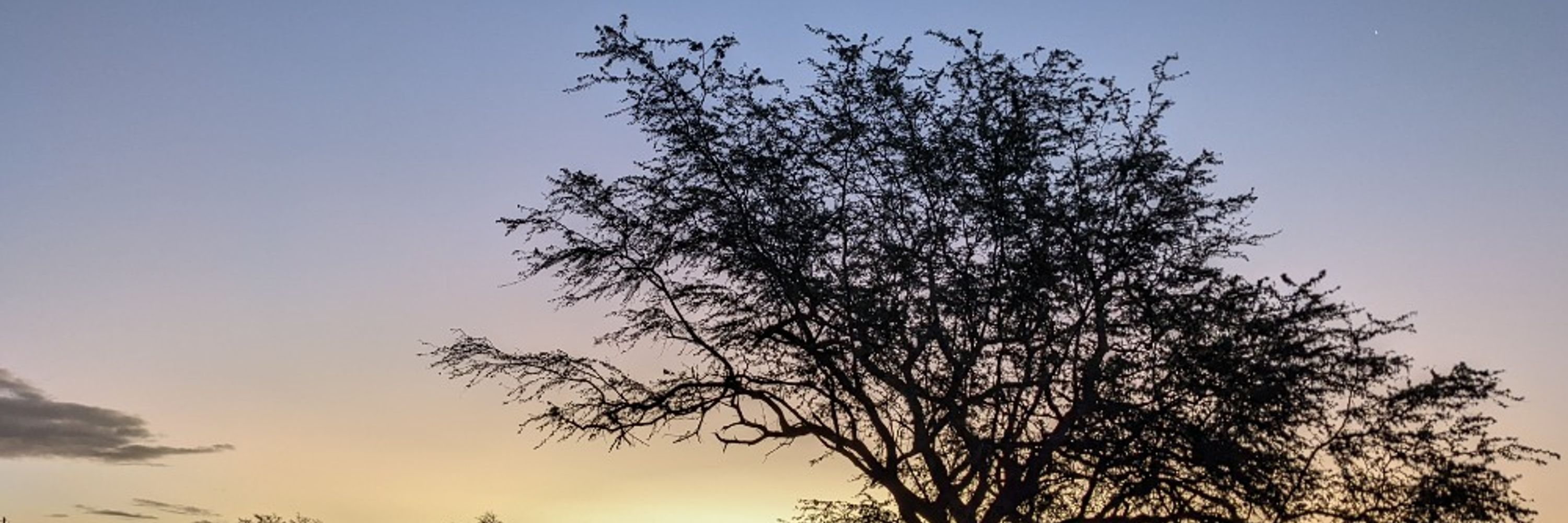
@birdsonglab.bsky.social
David Logue's lab at the University of Lethbridge. We study bird song from an evolutionary perspective. Our main interests are interactive communication, song repertoires, and vocal performance.
DM me your email and I'll send it to you.
June 20, 2025 at 6:55 PM
DM me your email and I'll send it to you.
Great to see some work on duetting in New World warblers! Do the females ever use calls to duet? That's the main form of duetting in Adelaide's warbler.
June 5, 2025 at 4:01 PM
Great to see some work on duetting in New World warblers! Do the females ever use calls to duet? That's the main form of duetting in Adelaide's warbler.
What a cool place! I attended a Nat Wheelwright lecture at Colorado State University ca. 2003. It was a huge inspriration to me -- something I never forgot. It's wonderful that this system lives on!
May 28, 2025 at 12:10 PM
What a cool place! I attended a Nat Wheelwright lecture at Colorado State University ca. 2003. It was a huge inspriration to me -- something I never forgot. It's wonderful that this system lives on!
So, these birds prefer to sing song types that are locally common and transmit long distances during the dawn chorus. The causal relationships among these variables -- individual preference, local popularity, and the propagation efficiently -- remain to be determined. 5 / 5

April 1, 2025 at 3:14 PM
So, these birds prefer to sing song types that are locally common and transmit long distances during the dawn chorus. The causal relationships among these variables -- individual preference, local popularity, and the propagation efficiently -- remain to be determined. 5 / 5
Preference is also associated with acoustic properties that promote long distance transmission, like low mean frequency. 4 / 5

April 1, 2025 at 3:14 PM
Preference is also associated with acoustic properties that promote long distance transmission, like low mean frequency. 4 / 5
Preference is best explained by local popularity: Individuals tend to overproduce song types that are shared with many of their neighbours. 3 / 5

April 1, 2025 at 3:14 PM
Preference is best explained by local popularity: Individuals tend to overproduce song types that are shared with many of their neighbours. 3 / 5
Tosin discovered that individual males prefer to sing certain song types during the dawn chorus, and their preferences are consistent across days. 2 / 5

April 1, 2025 at 3:14 PM
Tosin discovered that individual males prefer to sing certain song types during the dawn chorus, and their preferences are consistent across days. 2 / 5
Here's our description from the text. Let me know if you have any other questions!

February 6, 2025 at 5:04 PM
Here's our description from the text. Let me know if you have any other questions!
Project leader Heath Petkau was an undergrad who taught himself to program during this project. He liked it so much, he's going for a master’s in data science. Go get 'em Heath! (5/5)

February 6, 2025 at 4:45 PM
Project leader Heath Petkau was an undergrad who taught himself to program during this project. He liked it so much, he's going for a master’s in data science. Go get 'em Heath! (5/5)
Song types formed clusters, or “themes." Clustering was stronger during daytime singing than in the dawn chorus. We hypothesize this difference may be driven by the need to warm up or communicate with neighbours at dawn, or by female preferences for extended themes during daytime song. (4/5)

February 6, 2025 at 4:45 PM
Song types formed clusters, or “themes." Clustering was stronger during daytime singing than in the dawn chorus. We hypothesize this difference may be driven by the need to warm up or communicate with neighbours at dawn, or by female preferences for extended themes during daytime song. (4/5)
We then made song type sequences networks for dawn chorus and daytime song and applied the walktrap community clustering algorithm to identify groups of songs that tend to be delivered in sequential proximity. (3/5)

February 6, 2025 at 4:45 PM
We then made song type sequences networks for dawn chorus and daytime song and applied the walktrap community clustering algorithm to identify groups of songs that tend to be delivered in sequential proximity. (3/5)
Staicer's pioneering work in the 1990s showed that Adelaide’s warblers sing differently during the dawn chorus than they do later in the morning. We used this difference to separate the dawn chorus from daytime song in a large sample of recordings. (2/5)

February 6, 2025 at 4:45 PM
Staicer's pioneering work in the 1990s showed that Adelaide’s warblers sing differently during the dawn chorus than they do later in the morning. We used this difference to separate the dawn chorus from daytime song in a large sample of recordings. (2/5)
Important topic, and great visual summary! I'll share this one with my Science Communication class.
November 23, 2024 at 2:36 PM
Important topic, and great visual summary! I'll share this one with my Science Communication class.
There's complexity at every level, from the raw acoustic manuevers to the song repertoires, sequences of song type delivery, and vocal interactions among individuals. Sexual sxn weirdness seems inadequate to explain all that, but it's not language-like either. My take: There's more to discover.
November 21, 2024 at 3:33 AM
There's complexity at every level, from the raw acoustic manuevers to the song repertoires, sequences of song type delivery, and vocal interactions among individuals. Sexual sxn weirdness seems inadequate to explain all that, but it's not language-like either. My take: There's more to discover.


